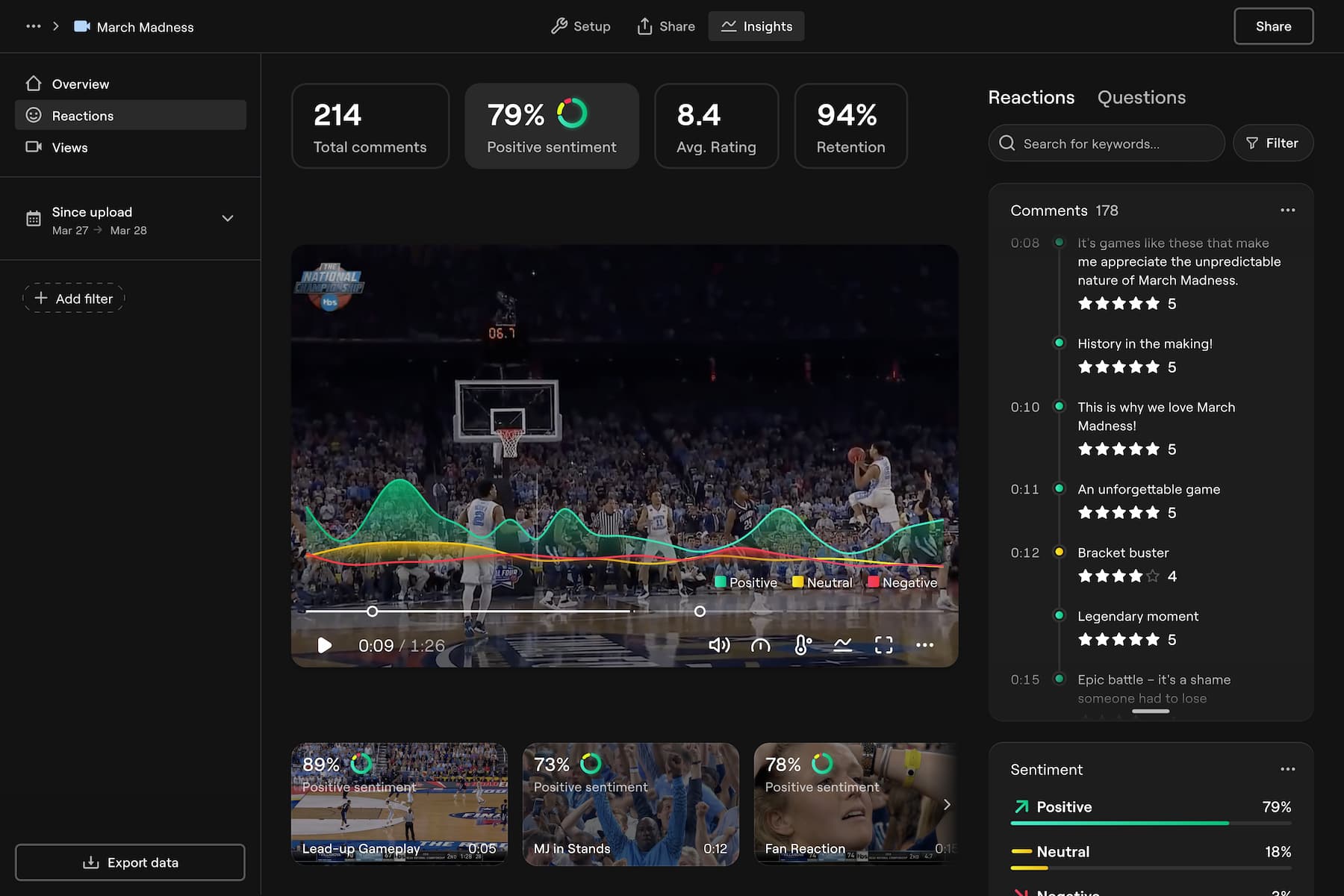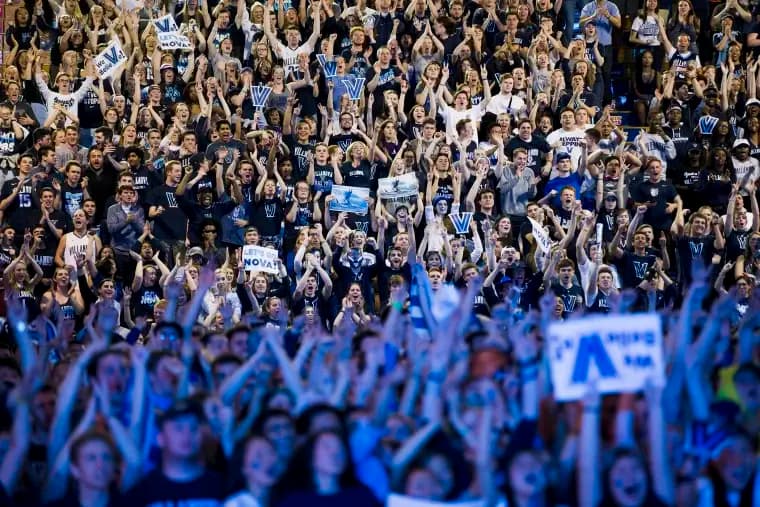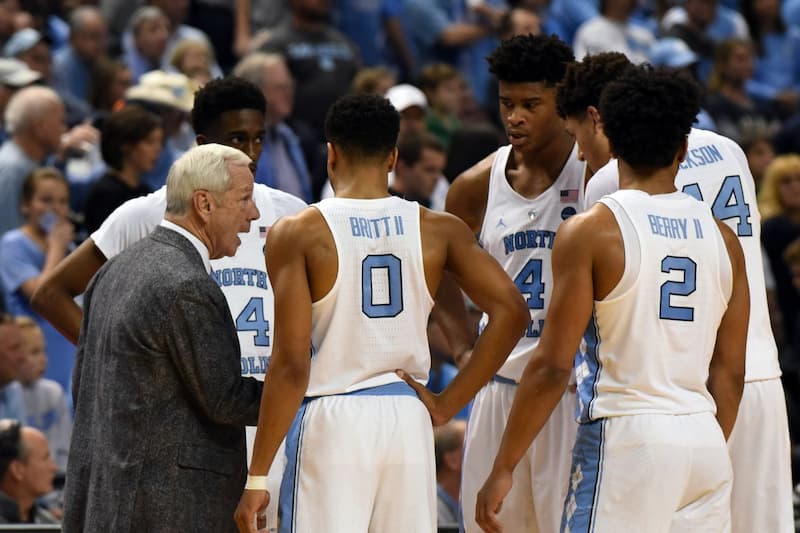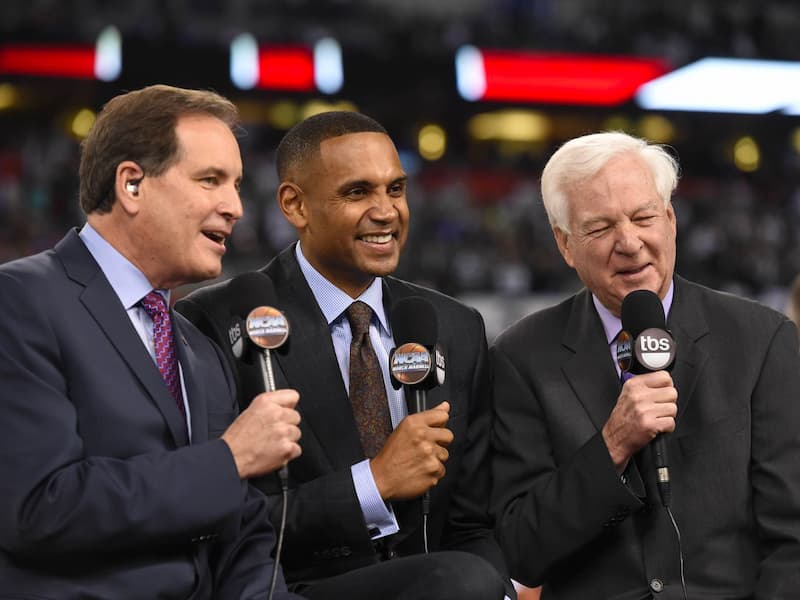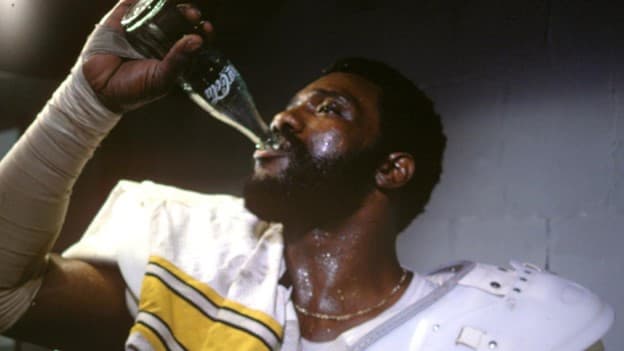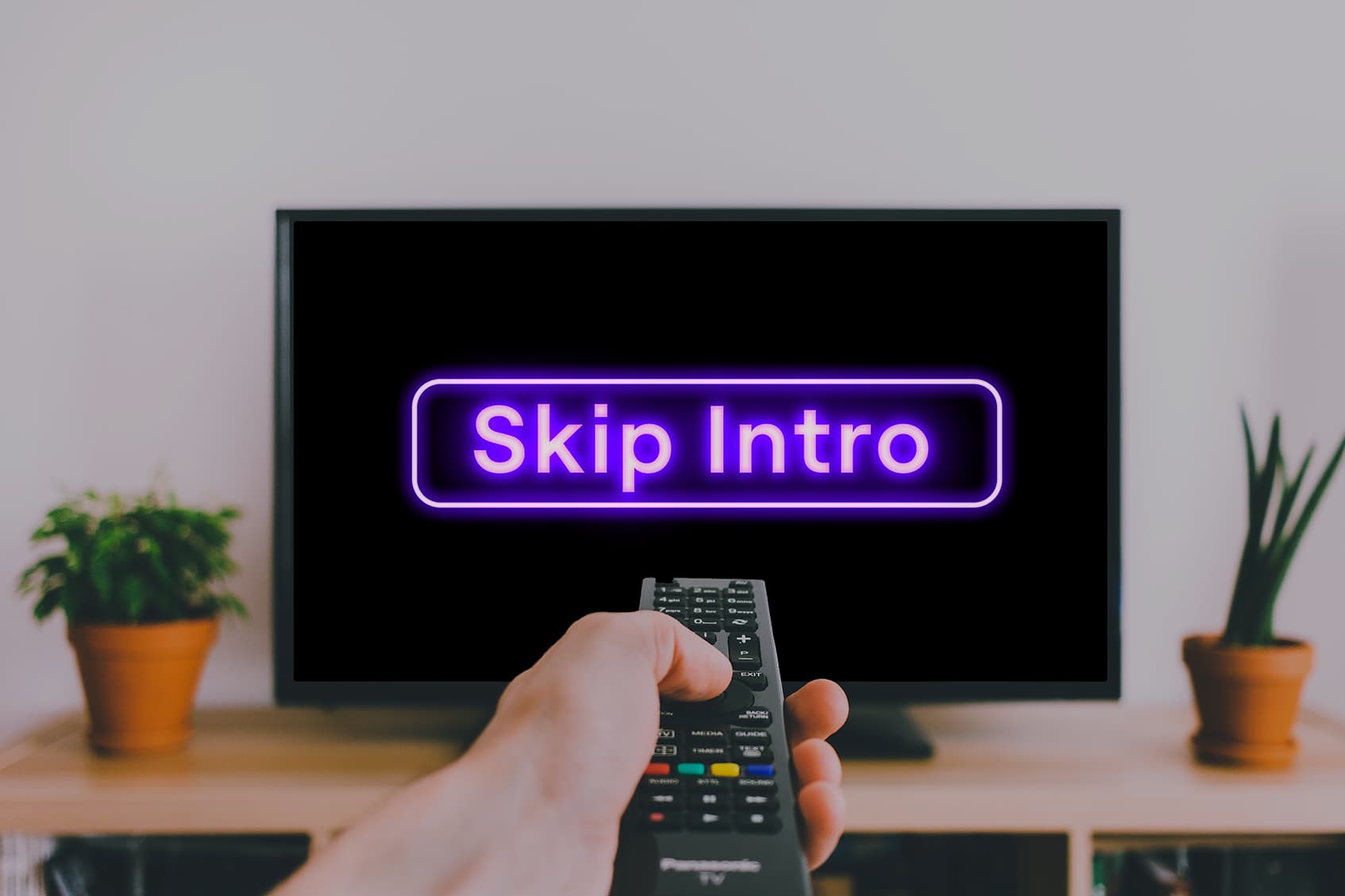 Televised Sports
Televised Sports Dissecting the Classic Sports Moment
A ‘March Madness’ Case Study

It’s final-four week, and the stage is set for a thrilling end to a thrilling month of college basketball. To understand why sports are so incredibly captivating, one need look no further than the men’s and women’s NCAA tournaments. Each game that the 136 selected teams play is a dramatic win-or-go-home contest in which anything can happen - unfathomable upsets, wild buzzer-beaters, polarizing controversies.
